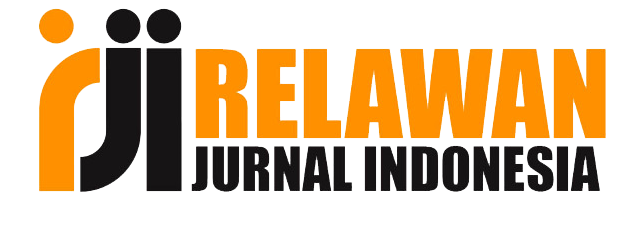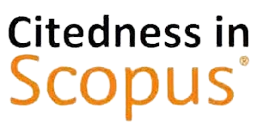Are you ready to vlog? A newly sophicticated way to improve students’ speaking ability
DOI:
https://doi.org/10.33474/j-reall.v1i1.5116Keywords:
blogging, vlog, motivation, YouTube channelAbstract
Students find it hard to speak English despite the fact that they have the basic knowledge of the language due to the lack of motivation and confidence. As the technology advances, teachers must be willing to take advantage of the potential channels provided by it. This study aims to improve students’ motivation and confidence to speak English through the use of Vlog in the YouTube Channel as well as to find out the element that affect the most to the improvement of the motivation and confidence. The data were obtained through classroom observations, questionnaires and interviews. In terms of findings, this study revealed that the use of vlog in the YouTube Channel improved students’ motivation and confidence. The data also suggested that students were most motivated and confident to speak English because they were given enough time to think of what they wanted to talk about and it was done in the place they found familiar. Therefore, teachers are suggested to bring technology into the classrooms more often and adjust it to the situation where students find it convenient to speak up.
References
Arianingsih, Y. (2005). Hubungan Motivasi Berprestasi Dengan Hasil Belajar Mata Pelajaran Ekonomi Pada Siswa Kelas II SMP Negeri 5 Jambi. A thesis. Universitas Jambi. Unpublished.
Aydin, S. (2014). The use of blogs in learning English as a foreign language. Mevlana International Journal of Education (MIJE), 4(1), pp. 244-259. Retrieved from: http//mije.mevlana.edu.tr/
Berliner, D. C., & Gage, N. L. (1984). Educational Psychology Third Edition. Boston: Standford University and University of Arizona.
Dornyei, Z. (2003). Attitudes, Orientation and Motivations in Language Learning Advances in Theory, Research and Application. Language Learning. Vo. 52, Supplement 1.
Gao, W., et al. (2010). Vlogging: A Survey ofVideoblogging Technology on the Web. ACMComputing Surveys, (42)4. Pp: 15.1 – 15.55.
Gunelius, S. in https://www.lifewire.com/what-is-a-vlog-3476285. Accessed on March 20th 2017.
Juhana (2012). Psychological factors that hinder students from speaking in English class (A case study in a Senior High School in South Tangerang, Banten, Indonesia), Journal of Education and Practice, 3 (12), 100-101.
Karch, M. in https://www.lifewire.com/channel-youtube-1616635. Accessed on March 20th 2017.
Mutmainna, M. (2016). Implementing blogs as a learning tool in ASIAN EFL/ESL learning context. BRAC University Journal, XI(1), 27-35.
Philips, N., & Lindsay, G. (2006). Motivation in gifted students. High ability studies, 17 (1), 57-72.
Su, Y.C. (2006). EFL teachers’ perception of English language policy at the elementary level in Taiwan, Educational Studies, (32) 3 Educational Technology and Society, 265-283.
Wu, W.V., Yen, L.L., Marek, M. (2011). Using Online EFL Interaction to Increase Confidence, Motivation and Ability., 14 (3), 127.
Downloads
Published
How to Cite
Issue
Section
License
Copyright (c) 2020 Fitrotul Maulidiyah

This work is licensed under a Creative Commons Attribution 4.0 International License.
Authors who publish this journal agree to the following terms:
- Authors retain copyright and grant the journal right of first publication with the work simultaneously licensed under a Creative Commons Attribution License that allows others to share the work with an acknowledgement of the work's authorship and initial publication in this journal.
- Authors can separately make additional contractual arrangements for non-exclusive distribution published by the journal (e.g., publish it in a book), with an acknowledgement of its initial publication in this journal.
- Authors are allowed and encouraged to send their work via online (e.g., in the institutional repositories or their website) after published by the journal.






















